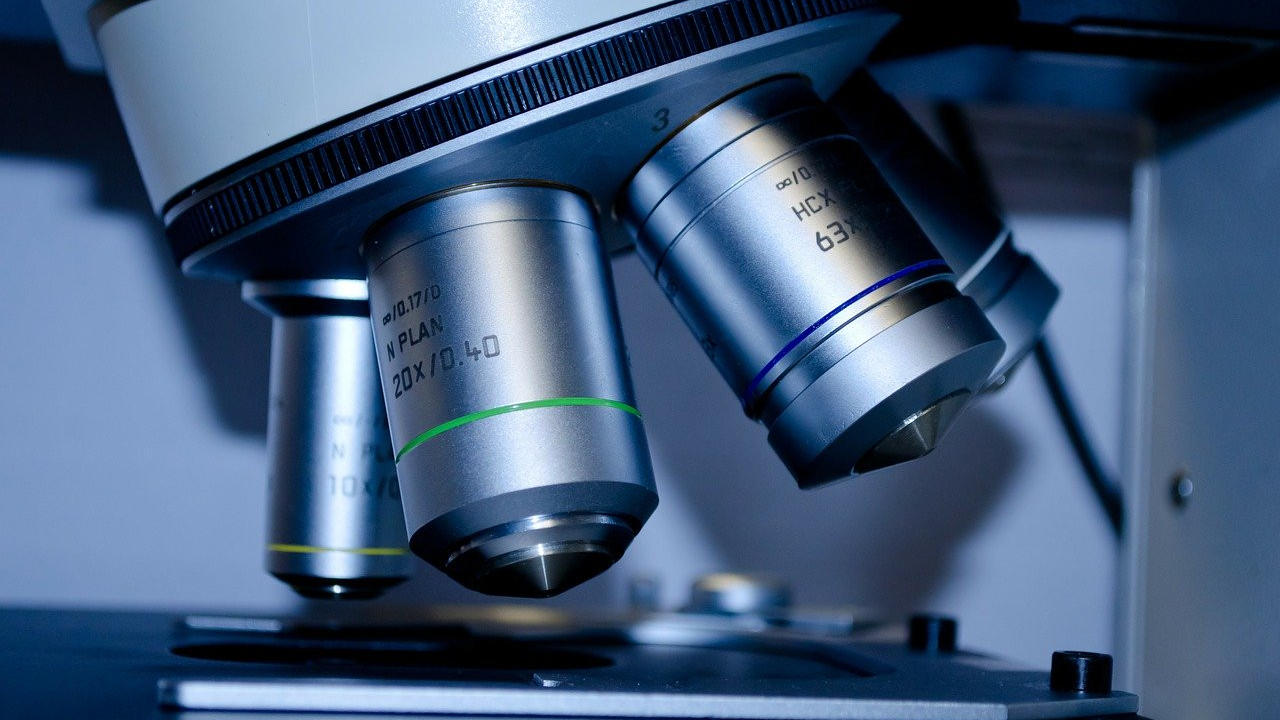Are Fibromyalgia & Chronic Fatigue Syndrome Actually Small Fiber Polyneuropathy?
Jan 01, 2015
Fibromyalgia Neuropathic Pain
For background on how we have thought about Fibromyalgia pain for the past decade go to Session #7 in my manual “Let Your Light Shine Through”. There I summarize the research showing that the brain mechanisms that sense pain are turned up in people with FM and that the descending signals that normally inhibit pain are not working optimally in FM. Combined this results in increased activity in the parts of the brain that respond to pain.
In my August 2014 newsletter, I summarized 4 papers suggesting that thinking about the mechanism of pain in Fibromyalgia is changing. Many researchers are now finding abnormalities in the periphery (skin and muscles). This suggests that Fibromyalgia may not be a disorder only of the central nervous system but may also be related to changes in the periphery (where people actually feel pain). This is a good news story in which new science is enabling us to understand a problem that affects millions of people but which until relatively recently could not be objectively measured.
Small Fiber Sensory Neuropathy
It is now possible to do a simple skin biopsy and diagnose with some certainty the presence of “small fiber neuropathy (SFN)”.
What is SFN and How does it relate to Fibromyalgia?
The small nerve fibers in the peripheral tissues pick up signals of pain, temperature change and physical stimulation and relay them to the brain. These fibres are not covered with myelin and therefore conduction is slower than in the large nerves. Conventional testing with nerve conduction studies has never been able to pick up evidence of damage to these small nerve endings and so the diagnosis is mostly made clinically.
Because there was no test to validate their experience, people with small fiber neuropathy have suffered from not being believed. Small fiber neuropathy generally affects the longest nerves first – in the hands and feet - leading to a symptom profile called “stocking and glove” anesthesia or pain. When I went to medical school this symptom was listed as a “red flag” that the patient was faking or had a psychosomatic condition. Now science has caught up and we can validate this symptom profile.
People with SFN report a combination of decreased perception to touch and vibration and at the same time the presence of a burning pain like a sunburn, intermittent, itchy or deep pain. This pain is usually worse at rest and when trying to sleep. The most common cause of SFN is in people with diabetes and most of the research on SFN is conducted on people with diabetic neuropathy.
The new tool that has been developed is the quantification of intra-epidermal nerve fibre density (IENFD) on a standard skin biopsy. A small “punch biopsy” of 3 – 5 mm in diameter is fixated in preservative and sent to a qualified lab for analysis. It can be done by most physicians in the office with minimal pain or complication and heals within 7 – 10 days leaving a small scar.
The new finding is that most people who have the clinical symptoms of small fiber neuropathy have a decrease in the density of intra-epidermal nerve fibers (IENFD). This means they have fewer small sensory nerves than healthy individuals. This test has now been standardized based on large samples of healthy individuals and reference values are available that account for the body location of the biopsy and the age and gender of the patient.
How is Small Fiber Neuropathy Connected with Fibromyalgia?
In 2006 a South Korean researcher, Dr. Seong-Ho Kim published a short paper reporting decreased IENFD (decreased number of small nerve fibers) in the skin of patients with FM. He suggested that this means FM is more complex than previously thought. He stated that it is not clear whether the changes in the skin are the cause of pain in Fibromyalgia or are the result of abnormal messages coming from the brain (Kim, 2007). Decreased IENFD is generally thought to be the result of toxic damage to nerve endings such as is caused by high sugar levels in diabetes or some inflammatory damage as is the case in some autoimmune diseases such as Sjogrens Disease. It is also found in some genetic conditions, exposure to solvents and other occupational toxins and more.
In the past year 4 studies have been published by independent researchers in different countries all suggesting that there are abnormalities on skin biopsy in patients with Fibromyalgia. However whereas in diabetes, virtually all patients show skin biopsy changes, in FM only 30 – 40% of participants show the now diagnostic finding of decreased intra-epithelial nerve fiber density (Kosmidis et al, 2014). It seems nothing is ever straightforward in FM.
There are other findings are of note in these new studies. Whereas in Diabetes, the longest nerves are more affected ie. the feet, in Fibromyalgia, skin biopsy changes have been noted equally on the thigh and the lower leg (Caro & Winter, 2014). Furthermore, the abnormal findings in FM do not occur only in the subset of patients with typical neuropathic pain. So clinical symptoms can’t hint at who should have a skin biopsy. Only about 15% of patients with FM have neuropathic pain yet many more than this have abnormal skin biopsies. Ratings on pain scales also don’t correlate with biopsy findings (Kosmidis et al, 2014).
One of the new studies is unique in that it measured both skin biopsies (peripheral damage) and laser-evoked potentials (central nerve response to pain) (deTommaso M. et al, 2014). As in previous research, when subjects with FM were subjected to repeated painful stimuli with a laser they did not habituate to the pain. Healthy people quickly stop feeling the pain with repeated stimuli. People with FM do not. On skin biopsy, the density of nerve fibers was decreased in all samples taken regardless of location (leg, fingertip and thigh).
16 of 21 subjects had an IENFD below the 5th percentile. This is an arbitrary cut-off often used in standard laboratory procedures and means that a score is below 95% of healthy individuals. This means this test may be a candidate for routine clinical use. Also of interest is that no connection was found between the laser habituation, skin biopsy and any psychological measure (depression or anxiety). Like the 2006 paper by Dr. Kim, these authors suggest that patients with Fibromyalgia have abnormalities in both the central nervous system and the periphery.
Will this new area of research lead to better treatment for FM?
One recent paper (which is so new I can’t access it yet) suggests that all patients with Fibromyalgia should be given a skin biopsy (Levine & Saperstein, 2014). If positive, this test will help validate the symptoms of people with FM and lend credibility to their suffering.
There are many conditions associated with small fiber neuropathy and none have a satisfactory treatment. If a toxic cause can be found as in diabetes, then the treatment is to control blood sugars. If the cause is autoimmune then immune modulatory treatments such as intravenous immune globulins have been used.
The drugs gabapentin, pregabalin and duloxetine are routinely used in clinical practice to treat neuropathic pain of all causes including that associated with small fiber neuropathy. A recent meta-analysis on the effectiveness of gabapentin in neuropathic pain shows that approximately 34% of individuals treated report a 50% decrease in pain compared with 21% treated with a placebo substance. No study of gabapentin in Fibromyalgia had a rigorous enough methodology to be included in this analysis.
This new research finding is exciting as it may validate the complaints of a subgroup of patients with FM but treatment is still a way off.
Caro,X.J. & Winter,E.F. (2014) Evidence of abnormal epidermal nerve fiber density in fibromyalgia: clinical and immunologic implications. Arthritis Rheumatol., 66, 1945-1954.
deTommaso M., Nolano,M., Iannone,F., Vecchio,E., Ricci,K., Lorenzo,M., Delussi,M., Girolamo,F., Lavolpe,V., Provitera,V., Stancanelli,A., Lapadula,G., & Livrea,P. (2014) Update on laser-evoked potential findings in fibromyalgia patients in light of clinical and skin biopsy features. J.Neurol., 261, 461-472.Kim,S.H. (2007) Skin biopsy findings: implications for the pathophysiology of fibromyalgia. Med.Hypotheses, 69, 141-144.
Kosmidis,M.L., Koutsogeorgopoulou,L., Alexopoulos,H., Mamali,I., Vlachoyiannopoulos,P.G., Voulgarelis,M., Moutsopoulos,H.M., Tzioufas,A.G., & Dalakas,M.C. (2014) Reduction of Intraepidermal Nerve Fiber Density (IENFD) in the skin biopsies of patients with fibromyalgia: A controlled study. J.Neurol.Sci., 347, 143-147.
Levine,T.D. & Saperstein,D.S. (2014) Routine use of punch biopsy to diagnose small fiber neuropathy in fibromyalgia patients. Clin.Rheumatol.
Author: Eleanor (Ellie) Stein MD FRCP(C)
I am a psychiatrist with a small private practice in Calgary and am an assistant clinical professor in the faculty of medicine at the University of Calgary. Since 2000, I have worked with over 1000 patients, all with ME/CFS, FM and ES. My passion for this field comes from my own struggle with these diseases, my desire to improve my health and then pass on what I learn. My goal is for every patient in Canada to have access to respectful, effective health care within the publicly funded system.


